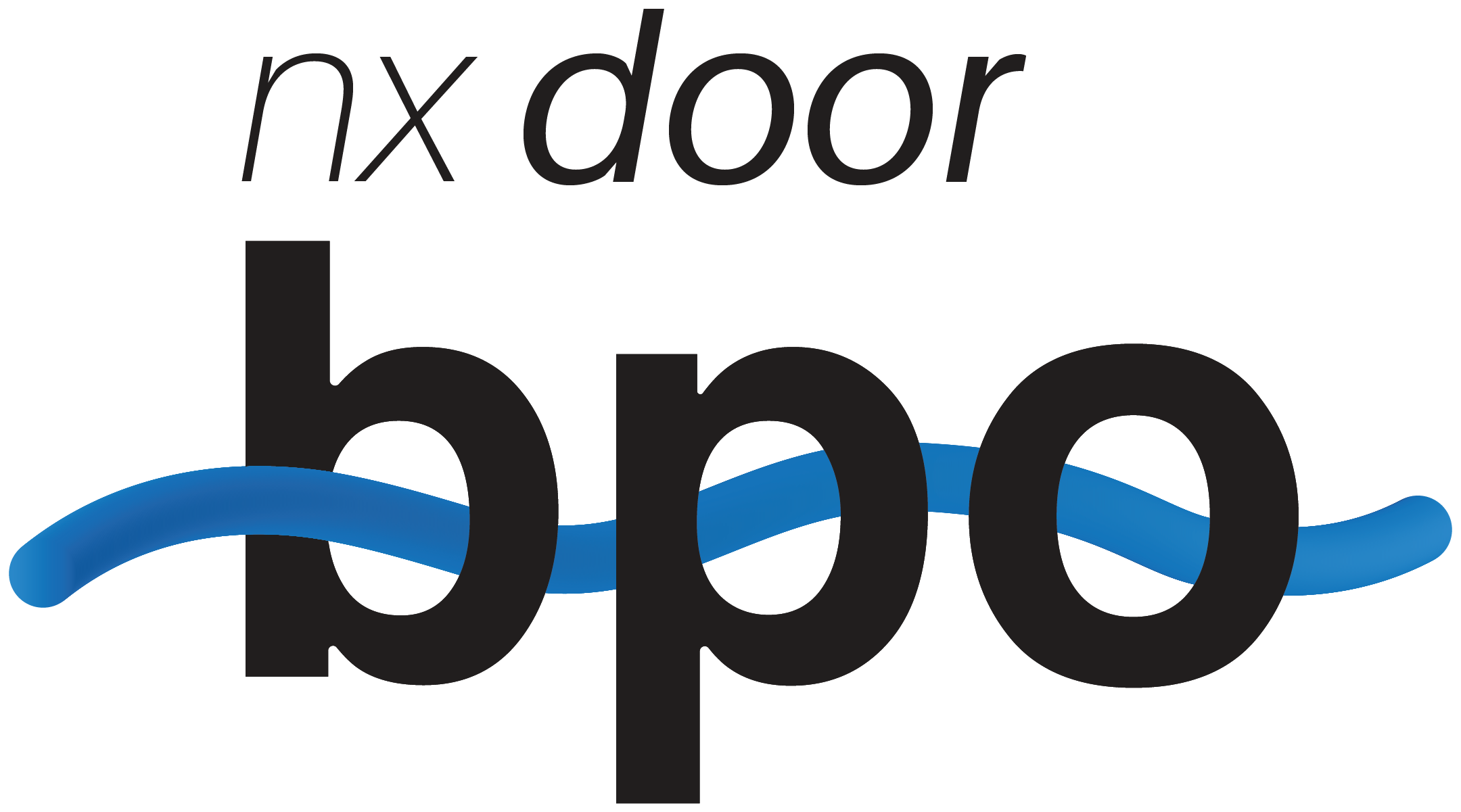The Future of Hiring: Why Remote Work in LATAM is a Game-Changer
The hiring landscape is evolving rapidly, with businesses no longer restricted to local talent. Remote work has unlocked vast opportunities, allowing U.S. companies to tap into a highly skilled workforce in Latin America (LATAM). This shift not only enhances productivity and efficiency but also provides a cost-effective way to scale teams.
In this article, we explore the key benefits of hiring remote LATAM talent for U.S. nearshore staffing and provide actionable strategies for business owners looking to expand their teams efficiently.
Why Choose Remote LATAM Talent?
LATAM boasts a rich, diverse, and well-educated workforce. Countries like Argentina, Brazil, and Mexico produce thousands of highly skilled professionals each year. For instance, Argentina alone graduates over 190,000 tech professionals annually, creating a robust talent pipeline for in-demand roles such as software development, digital marketing, and customer support.
Additionally, U.S. companies benefit from cultural alignment and overlapping time zones, making collaboration seamless and efficient.

Advantages of Nearshore Staffing with LATAM Talent
Cost-Effectiveness
Hiring remote LATAM talent significantly reduces payroll costs while maintaining high-quality output. On average, labor costs in LATAM are about 40% lower than in the U.S.
For example, a software developer in the U.S. may command a salary of $120,000 annually, whereas a highly skilled developer in Brazil can earn approximately $70,000 for the same role. This cost efficiency is particularly beneficial for startups and small businesses looking to scale while managing expenses.
Cultural Compatibility
Cultural similarities between the U.S. and LATAM create a smoother working relationship. Shared values such as teamwork, innovation, and strong work ethics foster collaboration and enhance team integration.
For instance, both U.S. and LATAM professionals value open communication, agile workflows, and problem-solving, ensuring a productive and dynamic work environment.
Time Zone Alignment
Unlike offshore teams in Asia or Eastern Europe, LATAM professionals work in time zones that closely match those of the U.S. This allows for real-time collaboration and easier coordination of tasks.
For example, a Miami-based company working with a team in Mexico City can seamlessly schedule daily stand-ups and brainstorming sessions without significant time differences. This minimizes delays and keeps projects on track.
How to Build an Effective Remote Team in LATAM
Identify Your Needs
Begin by defining the skills and expertise required for your business objectives. Conduct a thorough workload analysis to determine which roles are necessary.
For example, a company developing a new mobile app may need software developers, UX/UI designers, and quality assurance specialists to ensure a successful launch.
Leverage Local Recruitment Platforms
Leverage specialized job boards and hiring platforms that cater to the LATAM workforce. Websites such as Computrabajo (Mexico) and Workana (Argentina) help businesses find top-tier talent efficiently.
Partnering with nearshoring agencies that specialize in LATAM recruitment can also streamline the hiring process and ensure a match with high-quality professionals.
Foster a Collaborative Culture
Establishing an inclusive and engaging work environment is crucial for remote teams. Utilize collaboration tools like Slack, Microsoft Teams, and Asana to facilitate communication and project management.
Regular virtual check-ins, team-building activities, and clear communication protocols help create a strong sense of belonging and boost team morale.

Addressing Challenges
Overcoming Language Barriers
While many LATAM professionals speak English, proficiency levels may vary. Providing language training resources or incorporating bilingual team members can enhance communication and efficiency.
Managing Time Differences
Although LATAM time zones are closely aligned with the U.S., companies should establish clear communication protocols. Prioritizing asynchronous communication—where team members provide updates without requiring immediate responses—can ensure smooth workflow management.
Unlocking New Growth Opportunities with LATAM Talent
Hiring remote LATAM talent presents a powerful opportunity for U.S. businesses to scale efficiently while optimizing costs. By tapping into this vibrant and skilled workforce, companies can benefit from increased productivity, cultural compatibility, and seamless collaboration.
For businesses looking to stay ahead in the competitive market, embracing nearshore staffing in LATAM is a strategic move toward long-term success.


Comments